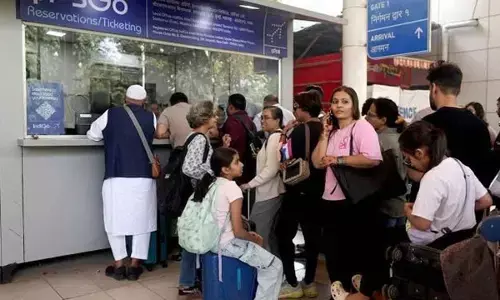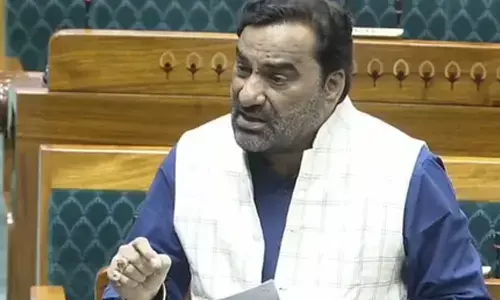Mysuru Divisional Railway Will Build Three Solar Farms To Minimize Reliance On Conventional Energy Sources

Mysuru Divisional Railway Will Build Three Solar Farms To Minimize Reliance On Conventional Energy Sources
- The South Western Railway's (SWR)Mysuru division will build three solar farms in its jurisdiction to minimize reliance on conventional energy sources and go green.
- The solar farm project has indeed been submitted to the Railway Ministry for consideration.
The South Western Railway's (SWR) Mysuru division will build three solar farms in its jurisdiction to minimize reliance on conventional energy sources and go green. This is a component of the Indian Railway'songoing effort to harness alternate, clean, and green energy sources throughout the country.
The solar farm project has indeed been submitted to the Railway Ministry for consideration. The fields will be built in Yeliyuru, which is located between Mysuru and Mandya, Devaragudda, which is near Davanagere, and Talaku, which is near Chitradurga.
This is a component of Indian Railway'songoing effort throughout the country to harness innovative, clean, and green energy sources that are not always renewable but also assist reduce power and fuel costs. As per Rahul Agarwal, Divisional Railway Manager, Mysuru, the initiative is in line with Indian Railways' bigger goal of becoming a net-zero carbon emission organization by 2030. The two solar power plants at the divisional railway office and Mysuru railway station produced over 3 lakh units of electricity for the Mysuru division. In the previous fiscal year (2020-21), the two solar plants produced 2,86,788 units, allowing the railways to save $11,50,593 on power tariffs.
He explained that the power plant at the Mysuru divisional administration has a 100 KWP installed capacity, whereas the one at the Mysuru railway station has a 110 KWP annual production. Both facilities are run under a power procurement agreement, in which the developer receives free land and generates and distributes energy at a subsidized rate.
Furthermore, the department manages a third hybrid power plant with a capacity of 10 KWP near Birur railway station. The divisional committee's on-grid plant produced 1,51,854 units of power last fiscal year, whereas the one at Mysuru railway station generated 1,34,943 units and the one at Birur station produced 11,197 units.
Meanwhile, solar power is used to run more than 220 level crossing gates, and authorities claim the potential is enormous considering the number of sunny days in the area.
Last financial year, the on-grid plant at the divisional office generated 1,51,854 units of power, the one at Mysuru railway station generated 1,34,943 units while the plant at Birur station generated 11,197 units.
The power plant at the Mysuru divisional office has a 100 KWP installed capacity, whereas the one at the Mysuru railway station has a 110 KWP annual production. Both facilities are run under a power procurement agreement, in which the developer receives free land and generates and distributes energy at a subsidised rateThe power plant at the Mysuru divisional office has a 100 KWP installed capacity, whereas the one at the Mysuru railway station has a 110 KWP annual production. Both facilities are run under a power procurement agreement, in which the developer receives free land and generates and distributes energy at a subsidised rate













